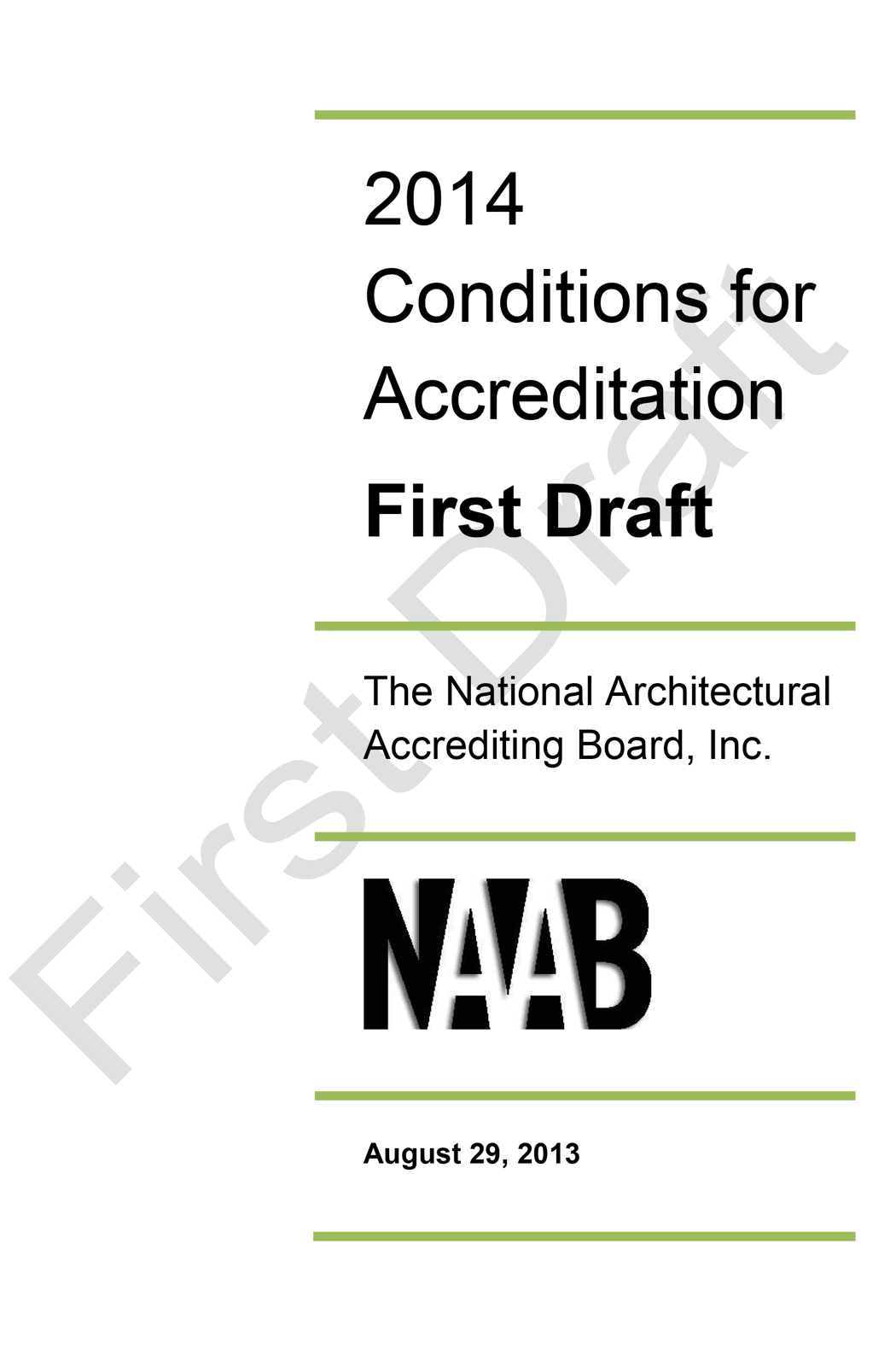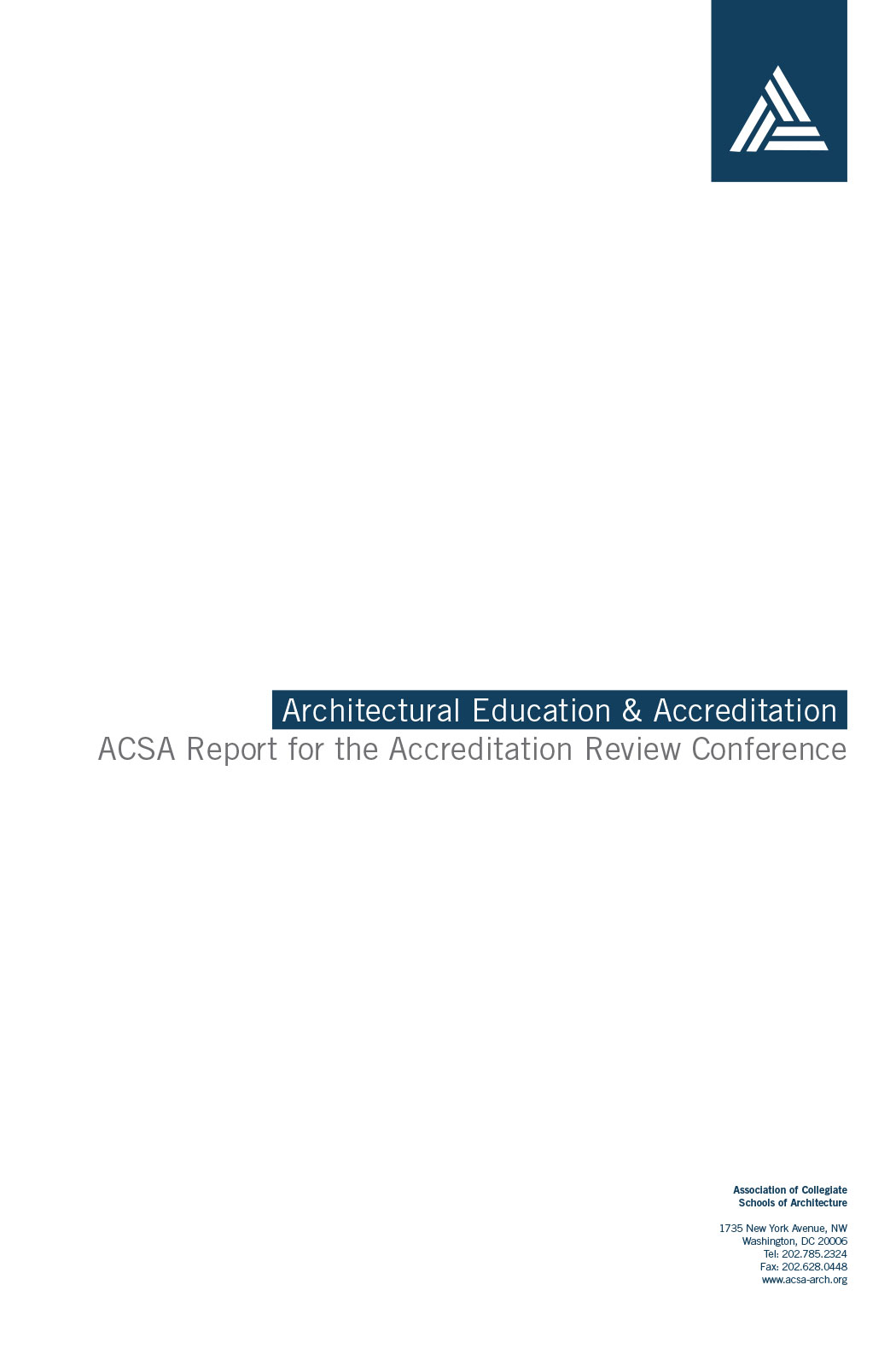Is There Global Competition for Students and Graduates?
By Michael J. Monti This year’s meetings of the European Heads of Schools of Architecture took up familiar themes of managing change within budgetary and other constraints, but one day’s discussion was particularly relevant to the North American context. In October, the European Parliament will vote to update the Architect’s Directive, the law that is the basis for the recognition of professional qualifications across the European Union. As reported by keynote speaker Howard Davies of the European University Association (roughly akin to the American Council on Education in the United States), the Architect’s Directive will soon change to have new educational qualifications. Previously, the minimum educational qualifications were 4 years of study. Now the minimum qualifications will be 4 years in university + 2 years of practice or 5 years in university + 0 years practice. The 11 points (see sidebar) that outline the architect’s core knowledge and skills will remain the same, and, in fact, have remained the same for decades. The Directive’s qualifications are the legal basis by which one E.U. country must recognize the credentials of an architect from another E.U. country. What this will mean for European schools was the matter for discussion. The 5-year degree model matches the Bologna Accord’s structure of 3 years undergraduate study + 2 years of master’s level study. If there are no obligations for internship after this, then what are the obligations of 5-year programs to address practical experience? And in a 4+2 architecture framework—which does not match the Bologna Accord and is not followed by most of the schools in Europe—is 4 years of study sufficient preparation? Countries in the E.U. can, and do, have higher standards for licensure than the minimums established by the European Union. But if country A has regulations that meet the Architect’s Directive and provide a license in 5 years, and country B requires 6 years or longer to become an architect, then a new architect from country A can automatically move to new country B to practice, while students and graduates in country B are still training. If the bar for admission to the profession is lowered by E.U. regulations, then over time will the system migrate toward the minimum standards? The Architect’s Directive opens up clearer competition between countries for students and interns. But does it also increase the level of competition between Europe and other countries or economies? The demand for talent in architecture firms is now global. NCARB reports it takes on average more than 7 years from graduation to licensure. Assuming a 5-year professional degree, that’s 12 years to licensure. So do economies that have a faster path from education to practice put their graduates at greater advantage? | The 11 Points of the Architect’s Directive (a) ability to create architectural designs that satisfy both aesthetic and technical requirements; (b) adequate knowledge of the history and theories of architecture and the related arts, technologies and human sciences; (c) knowledge of the fine arts as an influence on the quality of archi_ tectural design; (d) adequate knowledge of urban design, planning and the skills involved in the planning process; (e) understanding of the relationship between people and buildings, and between buildings and their environment, and of the need to relate buildings and the spaces between them to human needs and scale; (f) understanding of the profession of architecture and the role of the architect in society, in particular in preparing briefs that take account of social factors; (g) understanding of the methods of investigation and preparation of the brief for a design project; (h) understanding of the structural design, constructional and engineering problems associated with building design; (i) adequate knowledge of physical problems and technologies and of the function of buildings so as to provide them with internal conditions of comfort and protection against the climate; (j) the necessary design skills to meet building users’ requirements within the constraints imposed by cost factors and building regulations; (k) adequate knowledge of the industries, organisations, regulations and procedures involved in translating design concepts into buildings and integrating plans into overall planning. |

 Study Architecture
Study Architecture  ProPEL
ProPEL 

